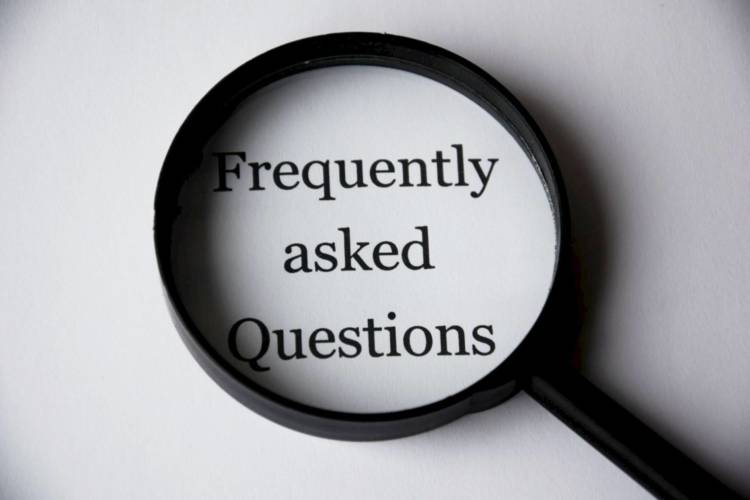Did you know?
St. Patrick’s is celebrated each year on March 17th in cities and communities around the globe. Some have parades, others have festivals. While it began as a day of reverence in remembrance of St. Patrick, today it is widely known as a day of fun and celebration of all things “Irish”. Keep reading for some fun facts and quirky traditions associated with St. Patty’s day all over the world! And then take a minute to research and read up on the “real” St. Patrick, he was quite the man!
- Why did St. Patrick love shamrocks so much? According to legend, they represented the Holy Trinity of the Father, the Son, and the Holy Spirit. While the four-leaf clover is associated with luck, just because it’s rare – about 10,000 to 1!
- In the City of Chicago, the Chicago River has been dyed green on St. Patrick’s Day for over 40 years. – https://www.seeker.com/7-crazy-st-patricks-day-traditions-around-the-globe-1766225458.html
- Hot Springs, Arkansas takes pride in hosting the shortest St. Patrick’s Day Parade. – https://www.seeker.com/7-crazy-st-patricks-day-traditions-around-the-globe-1766225458.html
- Savannah, GA is known for having one of the best St. Patrick’s Day celebrations in the U.S. Part of the city’s festivities is the annual “Greening of the Fountain”—dying green the main fountain in Forsyth Park. – https://www.nationalgeographic.com/travel/travel-interests/arts-and-culture/saint-patrick-s-day-celebrations-around-the-world/
- This fountain on the south lawn of the White House takes on a green hue each March as the United States’ presidential residence celebrates St. Patrick’s Day. – https://www.nationalgeographic.com/travel/travel-interests/arts-and-culture/saint-patrick-s-day-celebrations-around-the-world/
- St. Patrick’s Day is actually St. Patrick’s week in Buenos Aires, which boasts plenty of music, food and dangers. – https://www.catholic.org/travel/story.php?id=67887
- After New York City, the St. Patrick’s parade in Sydney, Australia is believed to be the second-largest St. Patty’s Day parade in the world! – https://www.catholic.org/travel/story.php?id=67887
- The tiny Caribbean island of Montserrat also takes a day off to commemorate Ireland’s patron saint. They even stamp visitor’s passports with a shamrock in homage to their Irish roots. – https://www.westernunion.com/blog/st-patricks-day-traditions-around-the-world/
- Ireland has been officially celebrating St. Patrick’s Day since 1903, when Irish politician James O’Mara introduced a bill in Westminster that made it an official public holiday back in his homeland. But not until the 1960s could you find revelers celebrating at a bar. Ireland is heavily Catholic, and St. Patrick’s Day falls during Lent, which means that although celebratory feasts and drinks were allowed, an all-night party seemed a little too sinful. Fearing excessive drinking, Ireland introduced a law that forced all pubs to close on March 17. Luckily for beermakers, the law was repealed in 1961. – http://content.time.com/time/specials/packages/article/0,28804,1972553_1972551_1972489,00.html
- Saint Patrick’s color was blue, not green, say historians. The hue — St. Patrick’s blue, a lighter shade — can still be seen on ancient Irish flags. But the use of green on St. Patrick’s Day began during the 1798 Irish Rebellion when the clover became a symbol of nationalism and the “wearing of the green” on lapels became a regular practice. – http://content.time.com/time/specials/packages/article/0,28804,1972553_1972551_1972489,00.html
- Hallmark says 12 million Americans exchange St. Patrick’s Day cards each year. – http://content.time.com/time/specials/packages/article/0,28804,1972553_1972551_1972392,00.html
According to www. britannica.com,
“Saint Patrick’s Day, feast day (March 17) of St. Patrick, patron saint of Ireland. Born in Roman Britain in the late 4th century, he was kidnapped at the age of 16 and taken to Ireland as a slave. He escaped but returned about 432 to convert the Irish to Christianity. By the time of his death on March 17, 461, he had established monasteries, churches, and schools. Many legends grew up around him—for example, that he drove the snakes out of Ireland and used the shamrock to explain the Trinity. Ireland came to celebrate his day with religious services and feasts.
It was emigrants, particularly to the United States, who transformed St. Patrick’s Day into a largely secular holiday of revelry and celebration of things Irish. Cities with large numbers of Irish immigrants, who often wielded political power, staged the most extensive celebrations, which included elaborate parades. Boston held its first St. Patrick’s Day parade in 1737, followed by New York City in 1762. Since 1962 Chicago has colored its river green to mark the holiday. (Although blue was the color traditionally associated with St. Patrick, green is now commonly connected with the day.) Irish and non-Irish alike commonly participate in the “wearing of the green”—sporting an item of green clothing or a shamrock, the Irish national plant, in the lapel. Corned beef and cabbage are associated with the holiday, and even beer is sometimes dyed green to celebrate the day. Although some of these practices eventually were adopted by the Irish themselves, they did so largely for the benefit of tourists.”







